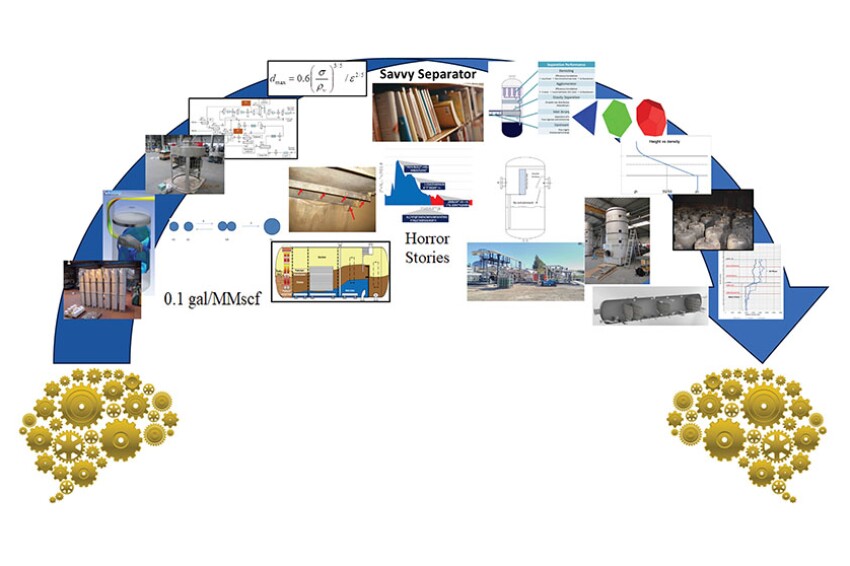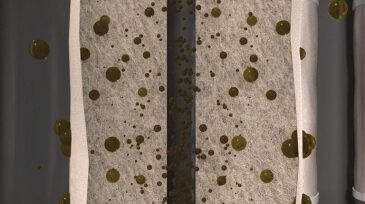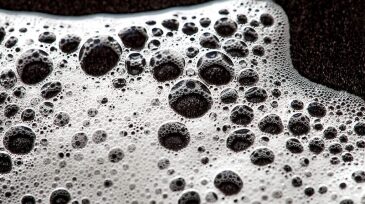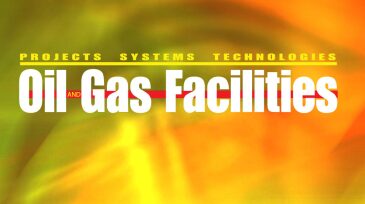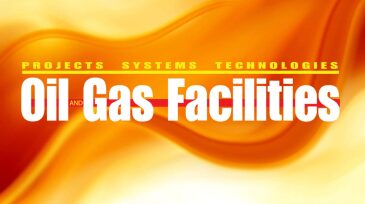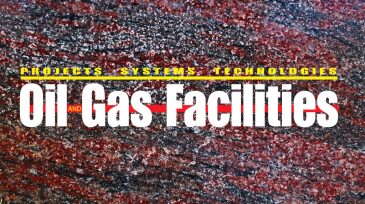Separation/treating
In this final installment of the Savvy Separator Series (No. 23), the authors present a curated collection of recommended references, articles, and other key resources—a comprehensive guide worth reading, bookmarking, and keeping in your library.
With the right internal modifications, traditional degassers can be enhanced with gas flotation for improved oily water separation. This article outlines key design considerations—including inlet and settling zones, skimming, and solids handling. Two case studies highlight lessons learned in troubleshooting and revamping degasser designs.
This article is the second of a two-part series on produced-water management in the Gulf of Mexico and covers four themes: equipment, process configuration, operations, and effluent quality.
-
In this third article of a three-part series, the results of selected gas/liquid separation case studies/sensitivities are presented to show the effects of key separator selection/sizing decision parameters, fluid properties, and operational parameters.
-
Alternative approaches and new deployment strategies are being developed to manage water used for fracturing oil and gas wells.
-
In this second article of a three-part series, methods for improved quantification of operating performances of the gas gravity separation, the mist extraction, and the liquid gravity separation sections of gas/liquid separators are discussed.
-
Many two-phase and three-phase separators in the oil and gas industry continue to underperform. This article explores the weaknesses in different sizing methodologies and proposes manageable approaches to quantifying each.
-
In an SPE webinar, “Foaming in Separators: Handling and Operation,” Wally Georgie, principal consultant at Maxoil Solutions, presented an overview of foam generation and how the design of processes and chemical management can exacerbate its detrimental effects in separators.
-
A new methodology for oil/water horizontal pipe separator (HPS) design and performance prediction is developed. Separator diameter is determined on the basis of oil/water flow-pattern prediction. A batch separator model is adopted and modified to predict the separator length for desired quality.
-
Setting optimal surface separation pressures are crucial for maximizing the surface liquid production from the wellstream feed. Where separator tests are not available, empirical calculations are often used, but with limitations. A method suitable across many conditions is proposed.
-
Separations technology-related content has been expanded and made available to SPE members through the efforts of the Separations Technology Technical Section.
-
This paper provides details of comprehensive computational-fluid-dynamics (CFD) -based studies performed to overcome the separation inefficiencies experienced in a large-scale three-phase separator.
-
At the end of the day, when you are working with heavy oil, the question is how to design your system, including both the layout and the functional aspects of various equipment.

